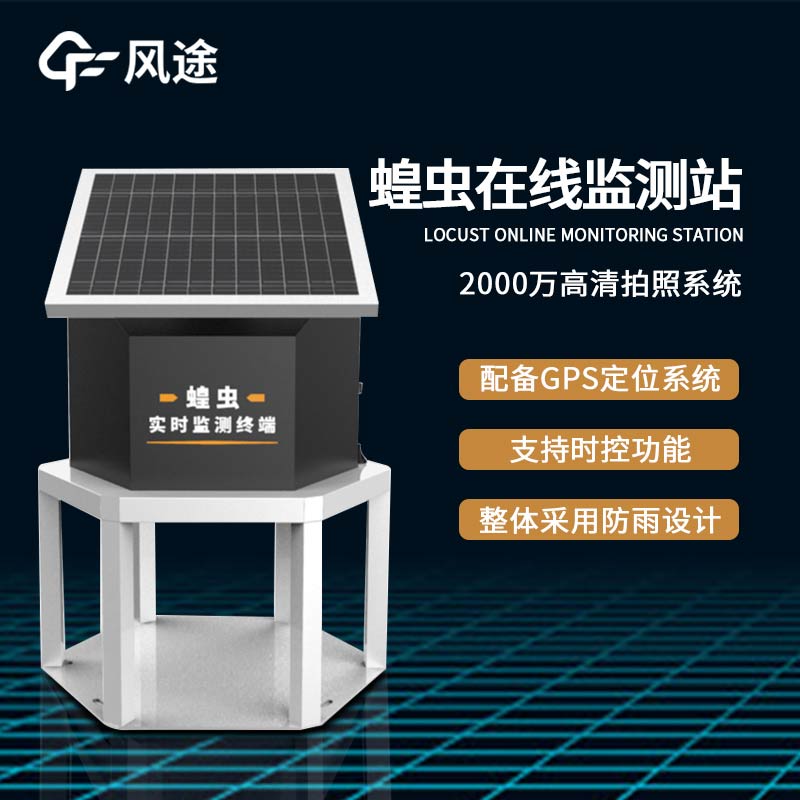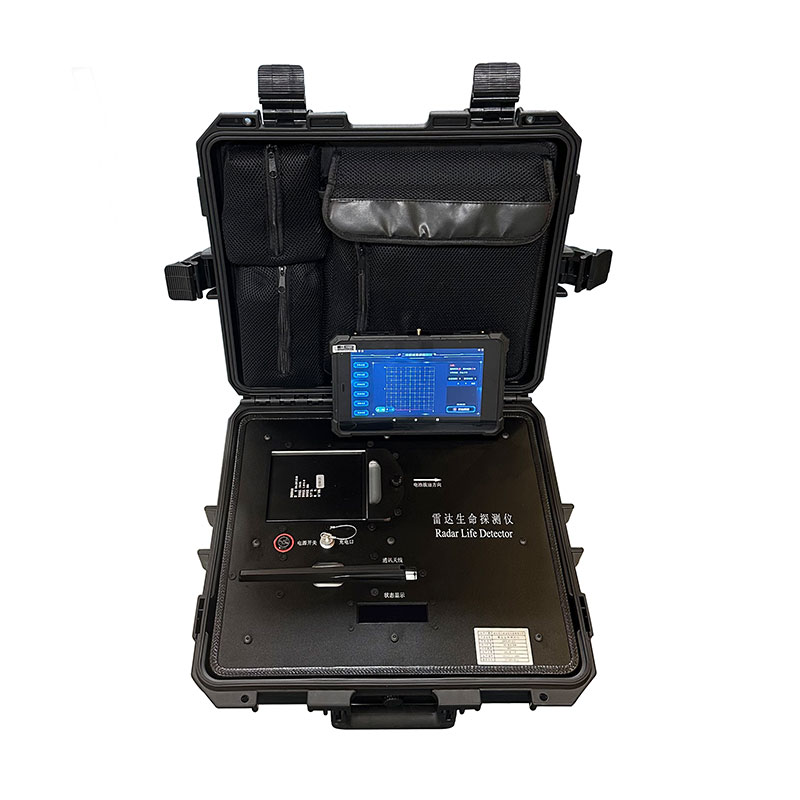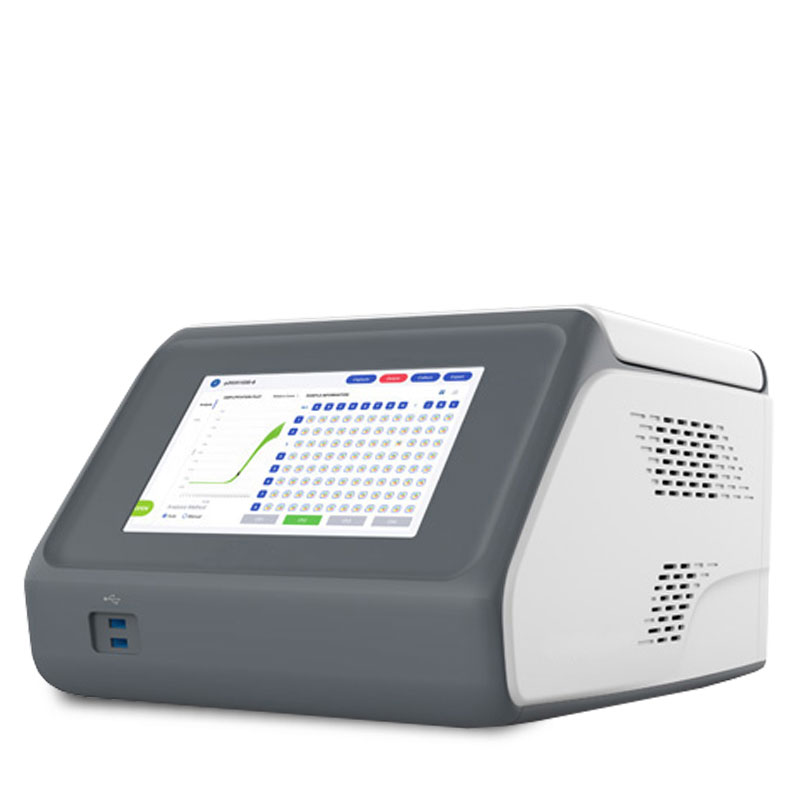Locust disasters have existed since ancient times. During the "Great Locust Plague in Wanli Period" in the Ming Dynasty, locusts attacked farmlands across the country, leading to large-scale food shortages and famines. In the "Great Locust Plague in Qianlong Period" of the Qing Dynasty, which lasted for several years, it affected agricultural production in multiple provinces. The locust plagues that occurred from the eighth to the fourteenth year of Chongzhen were also extremely disastrous. Trillions of locusts rose from the northwest and spread to South China, Northeast China, and Jiangnan. Wherever they went, plants were completely eaten up.
In modern times, in 1942, a serious locust plague occurred in Henan. The number of locusts was so large that it could cover the sun. Wherever they passed, crops were completely eaten up. Coupled with the previous drought, Henan experienced a serious famine from summer 1942 to spring 1943.
Looking around the world, locusts are natural disasters that seriously affect agriculture. For example, in 1875, the largest and most serious locust plague in human history occurred in the western United States. The Rocky Mountain locust caused this locust plague, causing about 116 billion U.S. dollars in economic losses. Its harm is more serious than the Galveston Great Storm, the largest wind disaster in American history.
In recent years, in 2020, the desert locust disaster in East Africa was serious, and countries such as Ethiopia, Somalia, and Kenya were deeply affected. The number of locusts reached 360 billion. The locust plague in Kenya is the most serious in 70 years. Somalia has entered the "climax" stage, posing an unprecedented threat to local agricultural production and food security.
Given the serious harmfulness of locust plagues, multiple measures need to be comprehensively used for prevention and control, such as ecological control, by increasing the number of natural enemies to curb the number of locusts. There is also chemical control. The most commonly used method is spraying pesticides, but it will cause certain pollution to the environment.
In addition, it is necessary to do a good job in monitoring and early warning of locusts. Establish a perfect monitoring network in areas prone to locusts, and use satellite remote sensing technology, drone monitoring and other means to conduct real-time monitoring of the distribution range and density of locusts. According to the monitoring results, timely release locust disaster early warning information to remind relevant departments and farmers to be prepared for prevention and control. The early warning information should include the occurrence time, location, range, density, etc. of locusts, so as to take effective prevention and control measures.
Today, let's introduce a device that can observe locusts - Locust online monitoring station (model FT-HC1).
This is a monitoring tool tailored for locust breeding areas. It uses light and sex pheromones to track the number of locusts and their growth stages in real time.
This device integrates multiple cutting-edge technologies such as light trapping, sex pheromone trapping, image recognition, Internet of Things and big data analysis, realizing continuous online monitoring of locust activities.
It uses attractants specifically for locusts and two alternately usable light sources to attract locusts. Such a design helps to improve the capture efficiency.
The system is equipped with an integrated control unit, a 20-megapixel high-definition camera and a platform for collecting locust samples, which can take clear photos of locusts when they are stationary or moving.
FT-HC1 has a timing control function and can automatically take pictures and identify various common forest and grassland locusts.
Users can remotely monitor the system in real time and receive data alerts through mobile applications or web interfaces. The system also has a built-in GPS module that can send the precise location information of the monitoring point to the server.
The system supports multiple wireless network connection methods, including 3G, 4G and 5G, and can save monitoring data locally.

This paper addresses:https://fengtusz.com/industry/501.html









